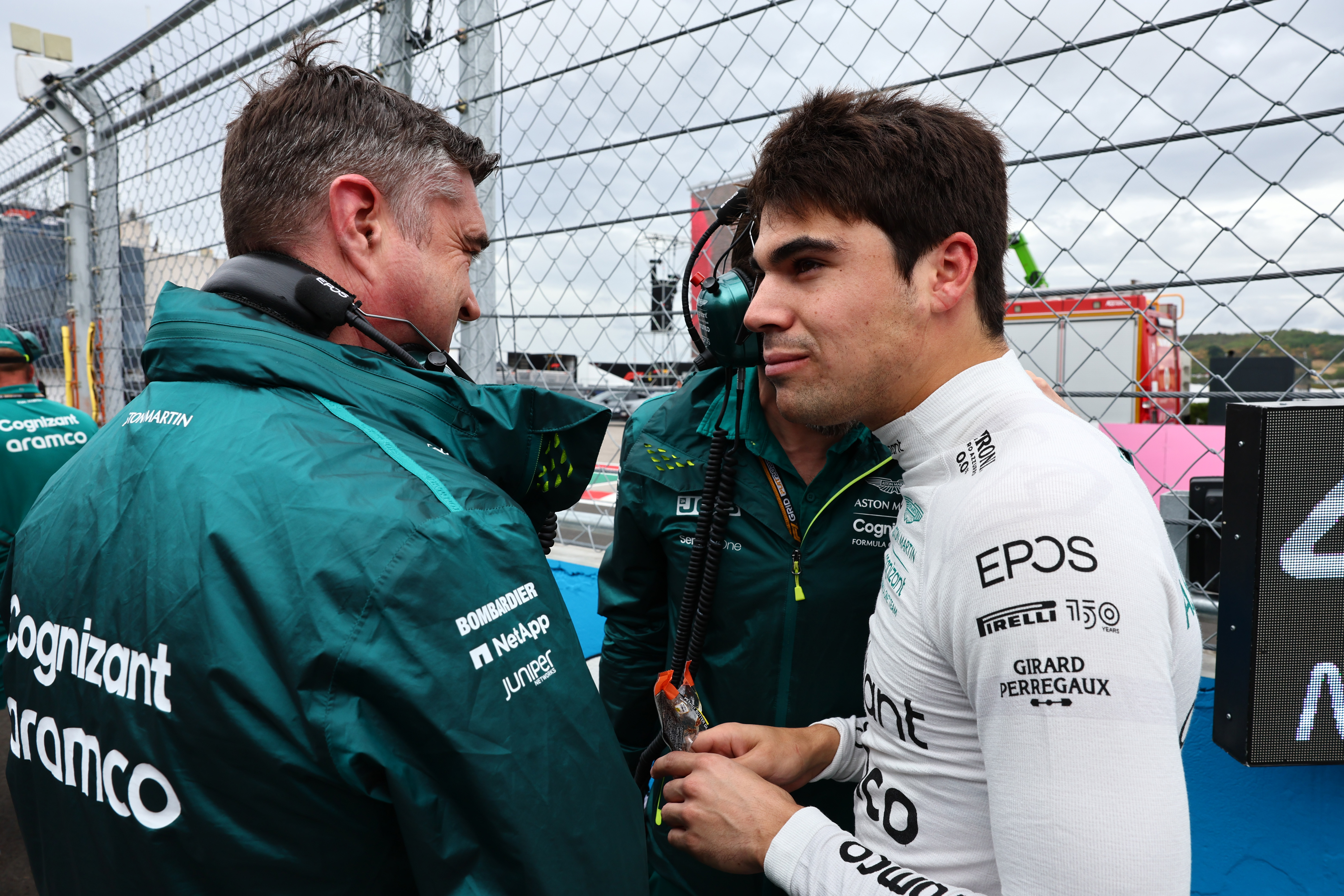F1 Clash - Tips From The Track
Posted on
As the 2022 F1 season drew to a close, we caught up with 3 titans of the F1 track to reflect on the season and grab some tips for our F1 Clash strategies! Here’s what Valtteri Bottas, Nicholas Latifi and Lance Stroll had to share…
 How do you keep cool, when the unexpected happens in a race while driving at high speeds?
How do you keep cool, when the unexpected happens in a race while driving at high speeds?
NICHOLAS LATIFI, WILLIAMS
If you're still in the session you just have to focus on the next thing, get back on track, focus on the next corner, the next lap or next action because it might not all be lost. If it is something that takes you out of the race then you have to firstly understand and rationalise if there's anything you could have done differently and try to learn from it. And if not and it was just bad luck then you know that's part of the sport, dealing with setbacks and frustrations. It's just not going to help you anymore - dwelling on those negatives any longer than you need to. So it's just turn the page, next chapter and focus on the next race.

VALTTERI BOTTAS, ALPHA ROMEO
It is important for us to keep focused on the car while driving, no matter the speed or whether anything unexpected happens. We purposefully train for this, to ensure we always perform on our 100%. Of course, experience helps – there’s always a moment in your past in which you faced something similar, and this helps you.
LANCE STROLL, ASTON MARTIN
We work with a lot of very experienced professionals – the engineers, the strategists and the mechanics – and we appreciate the team effort. It’s all about relying on the people on the pit-wall to help you – ultimately, they’ll put you in the best position to score the best possible result. Lose your cool and that will show in your lap-times…
How do you ensure your training and prep work puts you in the best place for a race weekend, and ensure you have not over exerted in the lead up to a GP?
VALTTERI BOTTAS, ALPHA ROMEO
Our physios take care of our training programs, making sure we are in the best place – both physically and mentally – for each Grand Prix. There’s a lot of work that goes on behind the scenes before we even travel to a race.

NICHOLAS LATIFI, WILLIAMS
The way drivers go about their pre race training preparations will vary depending on the driver. Being my 3rd year in F1 I’ve learned and adapted to what I feel works for me and what doesn’t. When the season starts the schedule is very intense so sometimes you have to have a rest and recovery day or even just a morning or an afternoon. This can be more valuable than trying to do a training session that potentially over exerts you. It’s a balance and something that ever evolves. I try to listen to my body firstly and my mind so I’m not shy to tell my trainer that I need the morning off or I need to sleep in, or have a day off.
LANCE STROLL, ASTON MARTIN
I work with my trainer and physio to make sure I’m ready. It’s mainly about ensuring the training we can fit in between races is sufficient, then, at the track, it’s about fitting in physio work, and building in reaction-time training so we’re ready whenever we need to get into the cockpit. After a while, it becomes a bit of a routine – you tune in to what your body needs, and you understand how to work with it.
How do you like to set up your car, in relation to your driving style?
LANCE STROLL, ASTON MARTIN
You need to adapt your driving style to the setup of the car, it behaves differently at any given track. Having the ability to adjust your style to the car's driving capabilities on different circuits is the key. Each track commands its own feats for a flowing lap - corner combinations, lengths and speeds all factor in.
In an ideal world I would arrive at the track and the car would be feeling smooth from FP1 but in reality - adjustments are made throughout the weekend to both the car and my driving style. Ultimately, I feel most at home in wet conditions, it allows me to drive naturally, the wet being a great equaliser in Formula 1.

NICHOLAS LATIFI, WILLIAMS
I’m normally a driver that likes to attack the entry of the corners quite a bit and as a result that can sometimes create some instability in the rear so I generally prefer a rear end that’s quite stable on the entry of the corner.
VALTTERI BOTTAS, ALPHA ROMEO
It’s a complex process that I go through with the engineers and the mechanics. A key part of my job is to give them the feedback they need to set the car up the way we need it: my feedback needs to be clear, actionable and consistent.
Take your team to the track in F1 Clash here.




